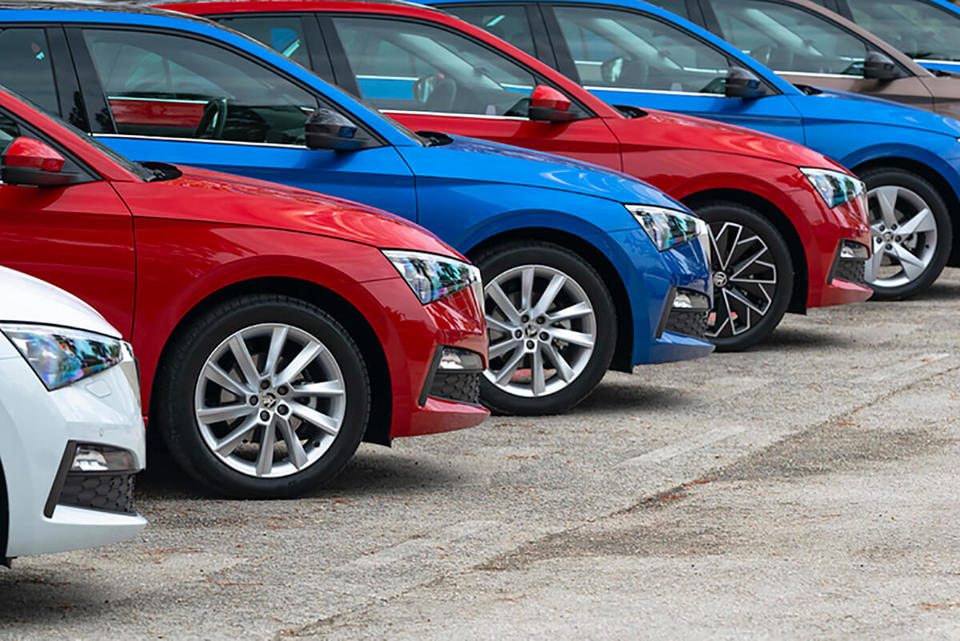Salary sacrifice drivers generally select small engined, low carbon emitting vehicles with frugal fuel consumption, says Tusker, but growing numbers are discovering that premium sector cars also offer excellent value for money.
The news comes following analysis of all new cars ordered under its market-leading salary sacrifice car scheme, SS4C.
Tusker has over 95 live salary sacrifice car schemes in both private and public sectors and has seen uptake of new cars under SS4C grow dramatically this year. It is currently adding new schemes at the rate of three to four per month giving a unique insight into buying trends within the salary sacrifice arena.
A recent, unrelated survey by Tusker of over 1,000 drivers, who have recently used the SS4C scheme to acquire a new car, found that four of the top five most appealing key benefits of the scheme related to its low cost.
This reflects the rising cost of motoring for drivers and the need for an alternative, more cost effective way to acquire a car, such as a salary sacrifice car scheme.
Salary sacrifice drivers typically opt for cars with as low emissions as possible to capitalise on tax and National Insurance savings, allied to the best possible fuel consumption because of the rising costs of petrol and diesel, says Tusker.
As a consequence, drivers typically opt for smaller engines, as the majority of the salary sacrifice cars selected this year were 1600cc or less.
The most popular car selected by salary sacrifice drivers is the Ford Fiesta, followed by the SEAT Ibiza, Citroen DS3, Citroen C1, and Peugeot 107.
The most popular salary sacrifice manufacturer was Ford, followed by Citroen, Nissan, Peugeot and Audi.
“Our analysis provides a fascinating insight into the new car ordering habits of salary sacrifice drivers,” said chief operating officer Mark Sinclair.
“Smaller models, such as the Ford Fiesta, SEAT Ibiza and Citroen DS3 and C1, have been in demand because they offer a winning combination of lower depreciation cost, fuel consumption, carbon emissions and running costs,” he said.
“Our salary sacrifice drivers tend to select cars for more economical, environmental and fiscal reasons, reflecting their personal, rather than business motoring needs.”
This coincides with a dramatic increase in the variety and attractiveness of cars available in the important sub 120g/km CO2 sector.
Manufacturers are reacting to the rise in demand for increasing efficiency by widening their ranges with new models, derivatives and technologies.
This trend looks set to at least keep pace with the reductions in company car tax bandings over the next few years ensuring the desirability of salary sacrifice schemes into the future, says Tusker.
“Just outside of the Top 10 we are also starting to see some take up of larger, family cars with low emissions which shows that drivers are now realising that low emissions don’t necessarily have to mean small cars which many not be as suited to the hustle and bustle of family life,” said Sinclair.
“The BMW 3 Series has long been popular but we are now seeing BMW 5 Series and Volvo V70 and S80 with CO2’s below 120g/km.
“However, it is also interesting to note that salary sacrifice drivers are discovering that premium sector cars also offer excellent value for money, reflecting what many fleets have known for some time from whole life costs analysis. It is no surprise that we see manufacturers such as Volkswagen, Audi and BMW also featuring in our top ten.”
Top 10 salary sacrifice cars
Top 10 models
Ford Fiesta
SEAT Ibiza
Citroen DS3
Citroen C1
Peugeot 107
Vauxhall Corsa (3dr)
Audi A1
Toyota Aygo
Nissan Qashqai
Audi A3
Top 10 salary sacrifice manufacturers:
Top 10 makes
Ford
Citroen
Peugeot
Nissan
Audi
SEAT
Toyota
Vauxhall
Volkswagen
BMW

















Login to comment
Comments
No comments have been made yet.